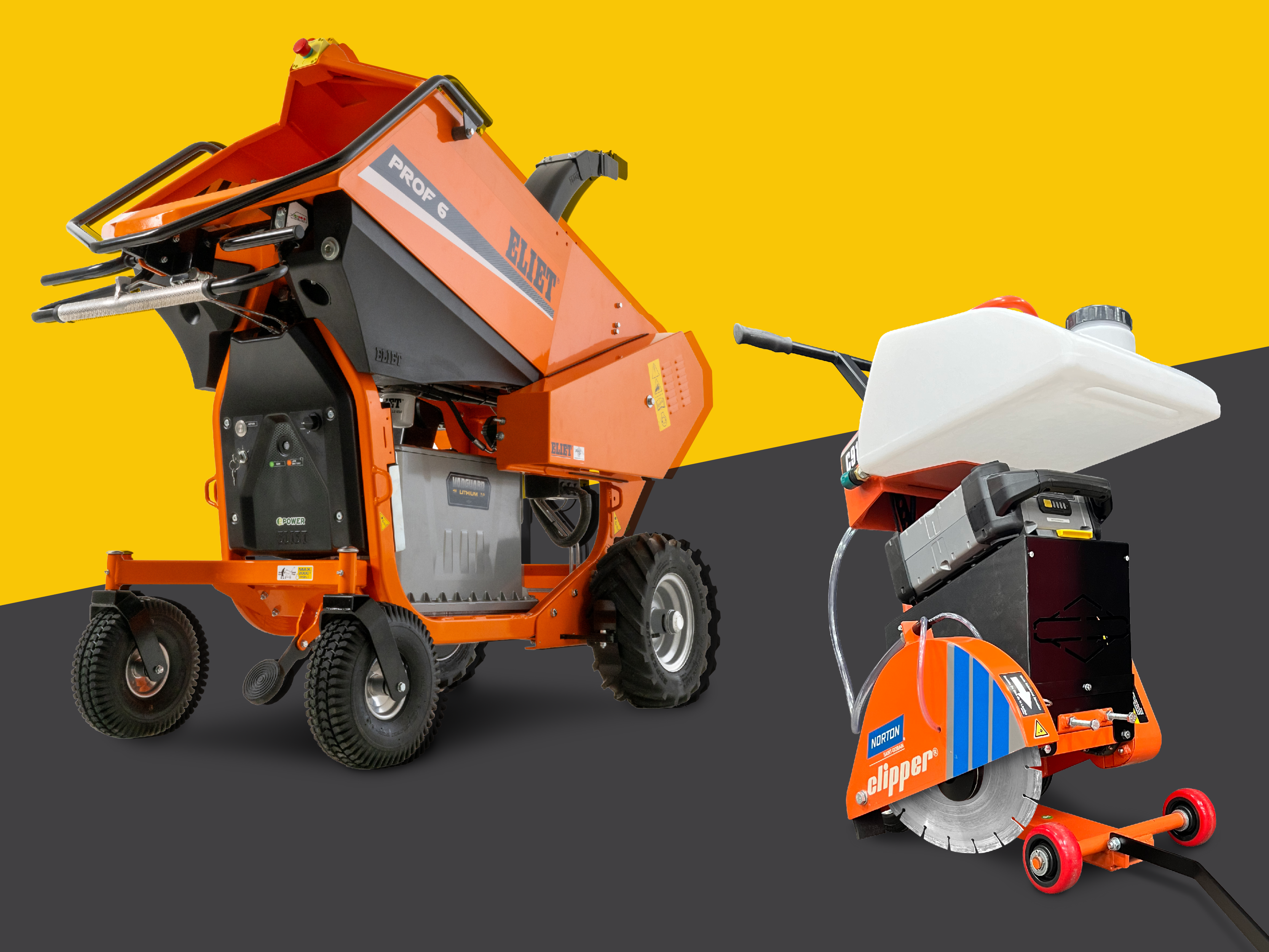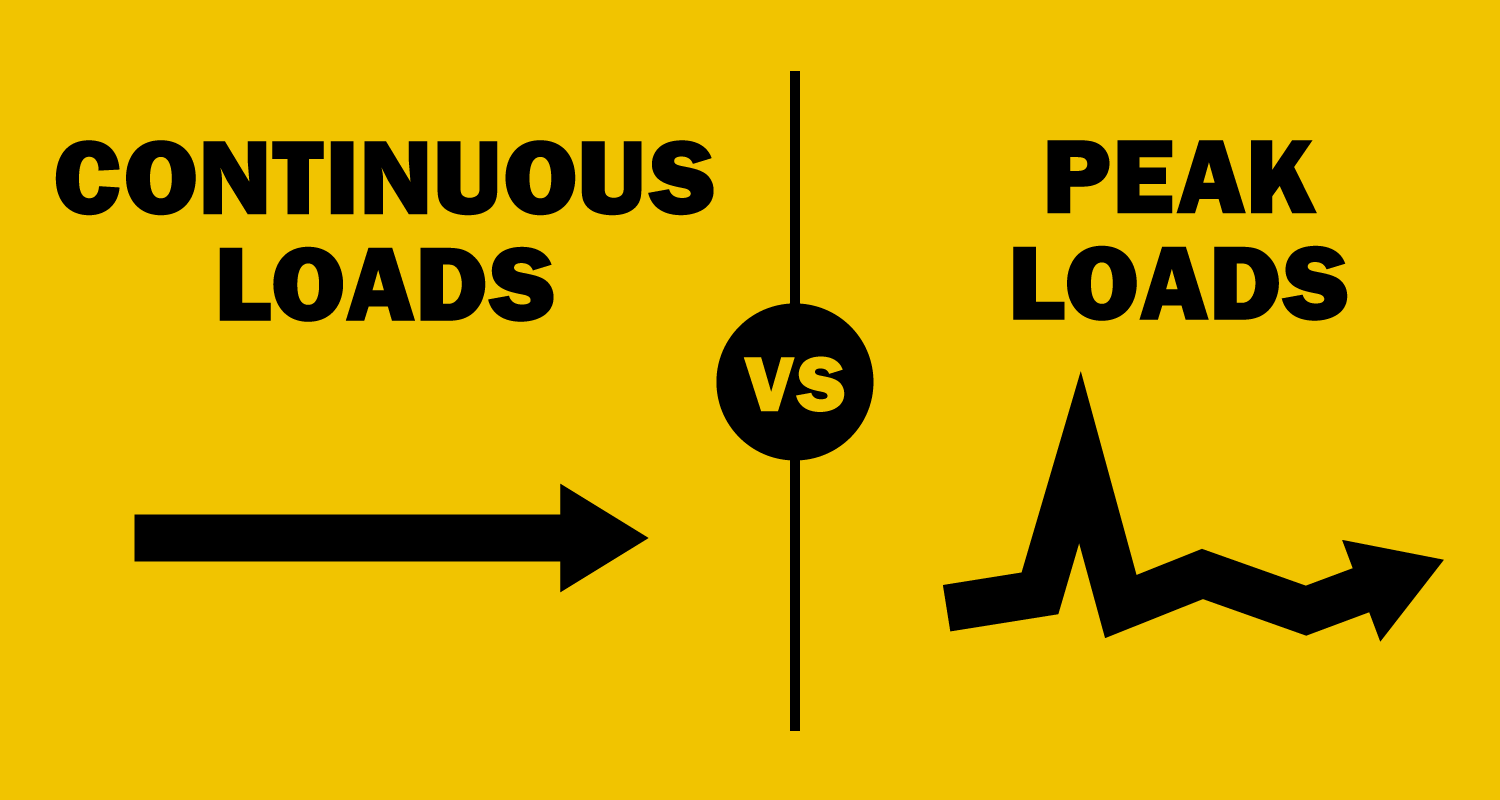The Battery Sizing Guide: Why Defining Power vs. Energy Is the Crucial First Step

Today’s equipment buyers demand performance, reliability, and a low total cost of ownership. For a growing number of applications, electric power is a compelling way to deliver on all three. But building an electric machine that meets and exceeds customer expectations requires a new approach to design, starting with the most fundamental question: How do you correctly size a battery system for your application? Get it right, and you unlock optimized performance and cost. Get it wrong, and you might be left with an underpowered machine or an unnecessarily heavy and expensive product.
That’s why Vanguard is launching The Battery Sizing Guide: a three-part series designed to walk you through the data-driven process our own experts use to move from an initial concept to an optimized power solution.
In this segment of The Battery Sizing Guide, we tackle the foundational first step: defining your equipment's true power and energy needs by breaking down the critical difference between the two.
This distinction between power and energy isn't just a technical detail—it's the cornerstone of a successful electrification project. In our experience, this is the most common challenge OEMs face, and it provides the essential data needed to define your duty cycle and ultimately select the right battery.
Power vs. Energy
While they are related, power and energy are two distinct metrics. The easiest way to think about it is by using a familiar analogy from the world of internal combustion engines.
- Energy is like the size of your fuel tank. Measured in kilowatt-hours (kWh), energy dictates the total runtime of your equipment. A bigger fuel tank (more kWh) means your machine can operate longer before it needs to be recharged.
- Power is like the horsepower of your engine. Measured in kilowatts (kW), power is the rate at which energy is used to perform work at any given moment. More power means the ability to handle more demanding tasks, like accelerating a heavy load or cutting through dense material.
The relationship is direct: If you have a 10 kWh battery (your "fuel tank") and your application continuously draws 10 kW of power (your "horsepower"), your equipment will run for roughly one hour. Simply put, you need enough power to do the job and enough energy to last as long as you need.
Why You Can't Just Convert Horsepower to Kilowatts
A frequent mistake we see is OEMs taking their gas engine's 40-horsepower rating and assuming they need the equivalent of continuous electric power. This approach almost always leads to an oversized and overpriced system.

An engine’s rated horsepower is its maximum output, a level it rarely reaches during typical operation. Real-world use is a dynamic mix of high-demand moments (peak power) and a much lower average operational draw (continuous power).
Think of accelerating a vehicle: You need a high peak power to get moving, but far less continuous power to maintain your speed. Your battery system must be able to handle those peaks, but your runtime is dictated by the continuous load. Sizing your entire system for a peak that only lasts a few seconds is inefficient and ignores how the machine actually works.
The Best Path Forward: Prototype and Measure
So, how do you discover your application's true load profile? While measuring a gas engine is mechanically complex, capturing data from an electric system is far easier. The most effective strategy is to test a working prototype, and our recommendation is to slightly over-spec it.
Building a prototype with more power and energy than you think you’ll need creates the ideal platform for gathering invaluable data. It ensures that performance limitations don’t skew your results and helps you avoid the dead end of an underpowered test, where the only conclusion is that you need "more."
This is where our Power Application Centers (PACs) and Battery Technology Partners become critical partners. These OEM-centric services help ensure that the power solution and equipment work in concert to deliver maximum productivity. Our experts help you instrument and test your application to capture a precise, data-driven load profile.
By understanding the true demands of your machine, you can precisely select components for the production model, optimizing for cost, weight, and performance. Our own process relies on real-world data from a working prototype instead of initial estimates, which has allowed us to build equipment with a smaller battery that still achieves two to three times the expected runtime.
Your Partner in Data-Driven Electrification
At Vanguard, we are more than a component supplier; we are an integration partner. Our power application experts work hand in hand with you to navigate this process. The first step is simply to start the conversation.
Next Up: Now that you understand the importance of defining your equipment's fundamental power and energy demands, the next step is to analyze how it uses that energy over a typical workday. To read our next article, click the button below to dive into how to master your duty cycle.




